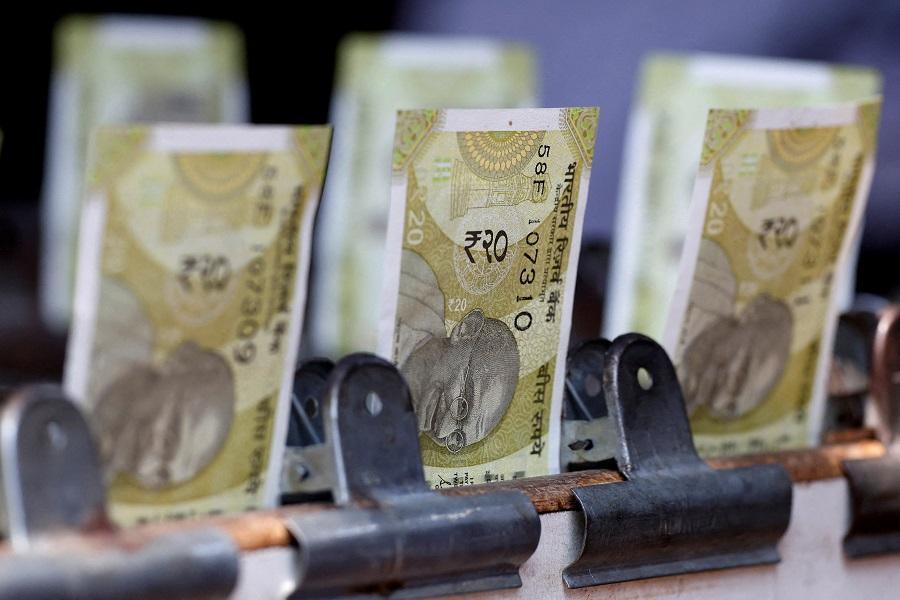
Rupee to Struggle on Weak Asian Cues, Ongoing Dollar Demand
The Indian rupee is set to open weaker on Thursday, tracking losses in Asian peers amid higher US Treasury yields and facing likely continued dollar demand for near-term obligations. The 1-month non-deliverable forward indicated that the rupee will open at 85.36 to 85.38 to the US dollar compared with 85.27 in the previous session.
The rupee has been struggling to gain momentum in recent days, with the dollar index rising to a two-year high due to a surge in US Treasury yields. Higher yields lead investors to seek higher returns, which in turn boosts demand for the dollar, putting pressure on emerging market currencies like the rupee.
The Asian region has also been experiencing weakness in currencies, with the Japanese yen falling to a three-year low against the dollar. The Chinese yuan has also been under pressure, with the country’s central bank intervening to support its currency.
The ongoing dollar demand has been fueled by the ongoing trade tensions between the US and China, with investors seeking safe-haven assets like the dollar in times of uncertainty. The Chinese yuan has been particularly vulnerable to trade tensions, as the country’s economic growth has been slowing in recent months.
The rupee’s struggles are also being fueled by the country’s widening trade deficit, which has been exacerbated by the ongoing trade tensions. The trade deficit has been rising due to a surge in oil imports, which has led to a significant increase in the country’s import bill.
The Reserve Bank of India (RBI) has been trying to support the rupee by intervening in the foreign exchange market, but its efforts have been limited by the country’s high current account deficit. The RBI has also been raising interest rates to combat inflation, which has been a major challenge for the country.
Despite the challenges facing the rupee, analysts are optimistic about the country’s long-term prospects. India is expected to continue to be one of the fastest-growing major economies in the world, driven by its large and young population, as well as its growing middle class.
In addition, the country’s government has been implementing a range of reforms aimed at boosting the economy, including a landmark Goods and Services Tax (GST) and a series of measures aimed at reducing the country’s fiscal deficit.
The rupee’s struggles are likely to continue in the near term, but analysts believe that the currency will eventually recover as the country’s economy continues to grow. The RBI is also expected to continue to support the rupee by intervening in the foreign exchange market and raising interest rates to combat inflation.
In conclusion, the rupee is set to open weaker on Thursday, tracking losses in Asian peers amid higher US Treasury yields and facing likely continued dollar demand for near-term obligations. The ongoing trade tensions between the US and China are likely to continue to put pressure on the rupee, but analysts are optimistic about the country’s long-term prospects.






